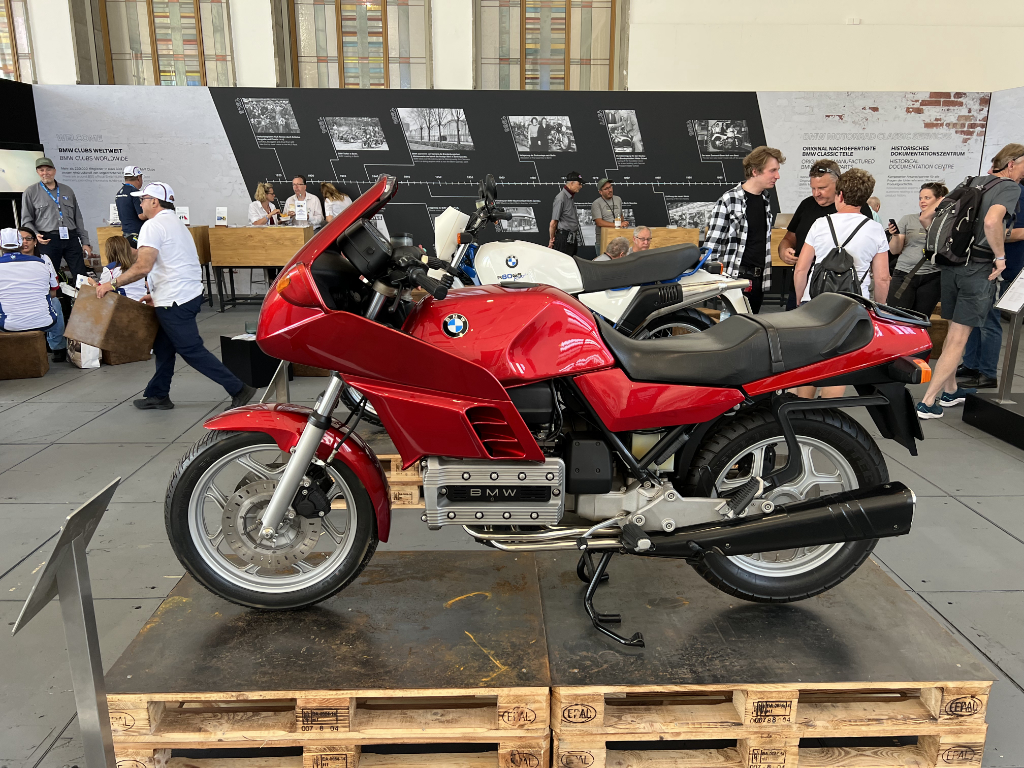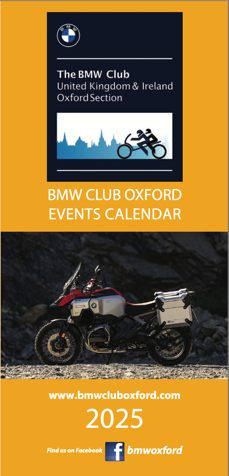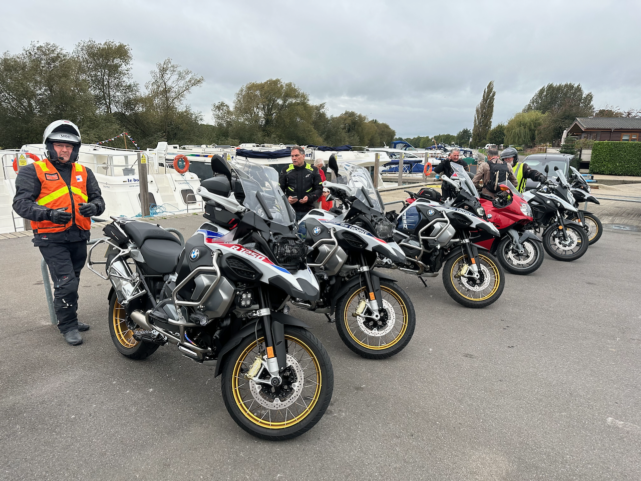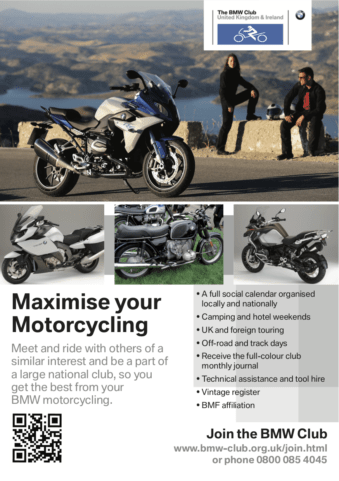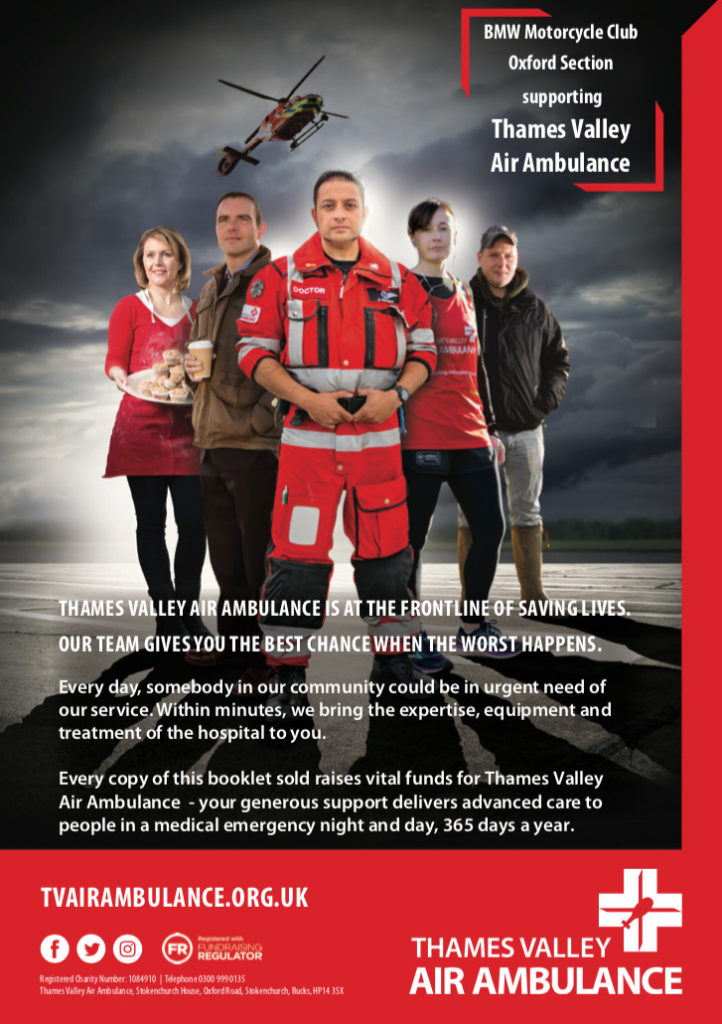When I first started riding, I enjoyed the solitude of the open road and the sense of freedom it gave me.
But, I’ll admit it: It didn’t take long before I wanted to listen to my music or radio on long rides, turn by turn directions from my sat nav so I thought I would share some of my experiences with you….. but firstly
What Is a Motorcycle Intercom (and Why Might You Need One)?
A motorcycle intercom is a gadget which allows you to use a number of useful devices on your motorcycle, talk to your passenger or even other riders depending on your individual preferences.
Here’s why you could chose a bluetooth headset:
- GPS\Music\Phone connectivity:Most Bluetooth intercoms connect to your smart phone, allowing you to wirelessly get directions, make calls or listen to music.
- On long rides, you like talking to your pillion: If your partner sits behind you when you go on trips. It is great to be able to point things out and chat a bit. This wouldn’t be possible without a motorcycle intercom. Try talking through a full-face helmet at 60+ mph and you will know what I mean!
- You don’t have to stop to talk with other riders: It’s so handy to be able to communicate without having to stop e.g. directions or the ability to communicate the need for a fuel stop.
Motorcycle intercoms have come a long way in the past few years. Before you start looking at the reviews, make sure you understand what you’re looking for!
Here’s the key questions to ask to make your choice.
Who Do You Want to Talk To?
This is really important because some headsets only work well with pillions. If you want to talk to lots of people in your group, range becomes more important.
- Just to your pillion or for solo use with smartphone:In this case, range is not an important consideration.
- To other riders and\or pillions:Once you start wanting to talk to other riders, then range begins to matter. The larger your group is, the larger range you’ll need. Generally, 500 yards is adequate for small groups of 2-3. You’ll need approximately 1,000 yards range for larger groups .
Where Will You Be Riding?
A big problem with wireless motorcycle intercoms is that objects can lessen their range.
For example, let’s say that you are riding in a city. You go around a turn and your riding partner is stuck at a red light. The buildings between you can interfere. Suddenly, you’ve lost contact with your partner!
So:
- City riding = need larger range
- Open country = need lesser range
What Will the Weather Be Like?
I bring this up because I’ve heard of many riders who’ve had their cheap motorcycle intercoms ruined by a mild rain. Pay attention to waterproofing!
How Will You Mount Your Motorcycle Intercom?
There are two options for mounting: clamps and tape. In general, most people prefer the clamp mount because it is more secure.
Motorcycle Intercom Features to Look for
When reading motorcycle intercom reviews, try not to get overwhelmed by all of their fancy-sounding features.
These are the ones you actually need to pay attention to:
Intercom Range
If you are only going to use your motorcycle intercom for talking to a passenger, then range isn’t so important. With city riding or larger groups though, you’ll need more range. As a general guideline:
- For smaller groups or open-country riding: Range of up to 500 yards is adequate
- For larger groups or city riding: Range of at least 1000 yards is necessary
Sound Quality
I tried my friends Bluetooth motorcycle intercom system. It was working great – until we hit 40 mph (not exactly super-sonic speed). Suddenly, the wind was so loud we couldn’t make out what the other was saying.
To make sure you can actually communicate with your intercom, look for:
- Noise reducing capabilities
- Digital signal processing (DSP)
- Wind and engine sound reduction
Wireless Technology
Bluetooth: Not only does Bluetooth mean that you can communicate with other riders, but you can also communicate with your bike and mobile phone. The downside is that range is low (often just 100s of feet, not miles). Bluetooth may be combined with other technologies in order to extend range.
Battery
Look at the battery life and also how the battery is charged. You don’t want your intercom dying on you in the midst of a ride!
Voice Control/Hands-Free
Many of the top motorcycle intercoms are voice activated. There are some situations where you won’t want your intercom coming on when you speak (such as if you have to stop to answer your phone).
So, look for an intercom which lets you override voice control and use manual switches instead.
Number of Connections
The more connections you need, the more expensive the motorcycle intercom will be.
However, think twice before skimping on the number of possible connections. You might want to ride in a larger group later on and have to get a completely different intercom!
GPS
All the intercoms featured here can connect to your smartphone which allows you to use GPS – but don’t assume that all do!
If you want this feature (which is honestly really helpful), be sure to check for it before buying.
Waterproofing
Virtually all units will say that they are “weather resistant.” This is NOT the same thing as waterproof!
If you ride in the rain (or might be caught in the rain), be sure your intercom is waterproof. Or, have a plastic bag to put around it.
Helmet Speakers – Radio and Music
I personally find it enjoyable to listen to the radio or music while riding.
However, some riders really dislike the “music sharing” feature on Bluetooth intercoms.
Whichever is your preference, check that your choice of intercom can act as motorcycle helmet speakers to play your music when connected to a phone.
Safety Note
One of the main attractions of Bluetooth motorcycle intercoms is that they can connect to your phone. This means that you can listen to music and take phone calls while riding.
I personally find that music or the radio is enjoyable, but calls can be distracting and may cause your concentration to wander from the road.
We are all different so some riders may not have this problem.
At the end of the day it is your decision and each rider are responsible for their own safety decisions.


